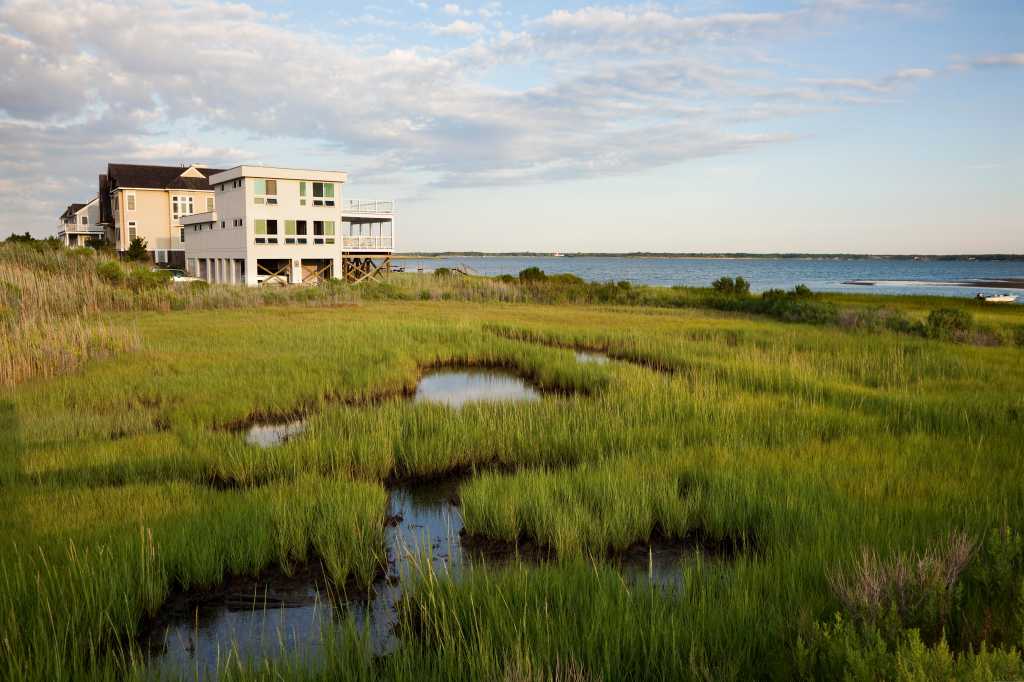Awed By And Dreaming Of Space
Southampton resident and former New York State Teacher in Space finalist Paul Stengel recently gave a talk on the soon-to-be concluded Space Shuttle program at the North Shore Public Library, right next door to where he once taught physics at the Shoreham-Wading River High School.
Stengel had sought to be one of the astronauts atop the 185-foot STS (Space Transportation System) in the same year that teacher Christa McAuliffe was among those who lost their lives when the Challenger exploded shortly after takeoff in January 1986. [expand]
He related, “I can remember a 1955 Daily News headline while my family was camping at Wildwood State Park, declaring that the USA was planning to launch an ‘artificial satellite’ around the planet. That absolutely awed me.”
The Russians beat us to that by a few months, put a man in space before we did, while we, of course, eventually went to the moon. And the Space Shuttle helped build the International Space Station (ISS) and also fixed errors in the Hubble Telescope.
When President Reagan announced the Teacher in Space program, Stengel sent in the 13-page application. He was asked about his skills, why he “wanted to be the first U.S. private citizen in space,” and what project he would perform during a Shuttle flight.
Stengel also communicated “the excitement I experienced as a participant in the first adult Space Camp in Huntsville, Alabama in October, 1984, and how fascinating it was to listen to German rocket scientists Konrad Dannenburg and Ernst Schullinger explain rocket design and lessons learned from their days at Peenemunde when Werner von Braun’s rocket team was developing the V-2.”
With a big smile, Stengel recalled the day when one of his colleagues drew him out of the classroom to inform him he had been selected as a New York State finalist, one of five out of about 1,000 applications.
Ultimately Stengel was not chosen for the program: the ill-fated McAuliffe got first spot; the backup candidate was Barbara Morgan, who eventually did go into space and whom Stengel kept in touch with for some time.
His continuing enthusiasm for the space program was evident. He spoke about the technical and practical aspects of Shuttle missions—such as the Shuttle ascending from Earth at an angle so the pilot can be oriented to the ground, and that two or more astronauts are required for space walks, to ensure a greater degree of safety through the buddy system. The NASA photos of Earth from space, of the Shuttle lifting off, of astronauts performing tasks in space were, literally, awe-inspiring. Stengel also displayed his own photos of launches he had witnessed.
He spoke, inevitably, of the tragedies of Challenger in 1986 and Columbia in 2003, labeling both as “accidents that should not have happened.” The infamous “O rings” or gaskets that were affected by the cold weather prior to launch caused the Challenger explosion. With Columbia, a chunk of ice formed in the cold of the upper atmosphere, hit and broke through the leading edge of its wing on reentry; the force of the atmosphere rushing in caused uncontrollable turbulence.
Stengel wondered where the next impetus of the space program would come. “People were drawn into it then: Mercury, Gemini Apollo: it was all being done for the first time. Now the Space Shuttle will be going up for the last time—the 135th time—so it’s not big news. For the time being our space access is through the Russians going up to the ISS.”
Worrying about an apparent lack of national direction with regard to the next step in space, Stengel paraphrased: “If you don’t build it, they will not come.” [/expand]









